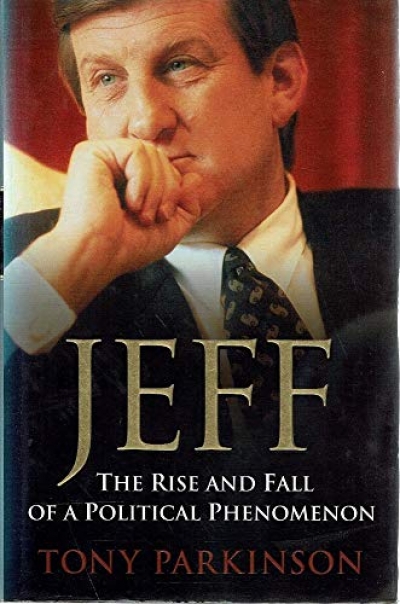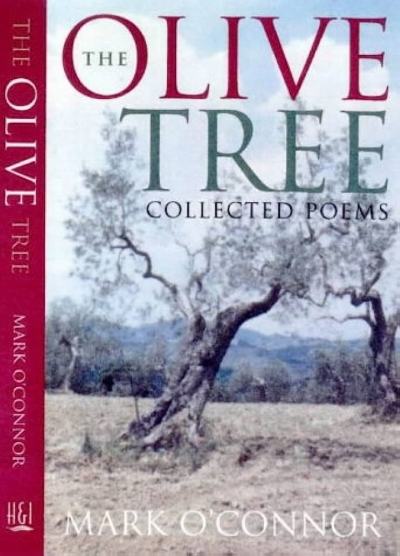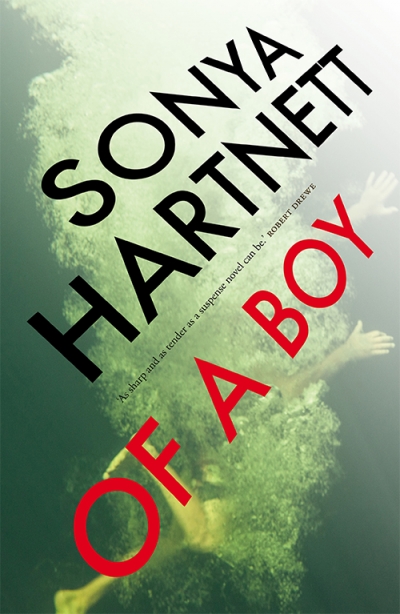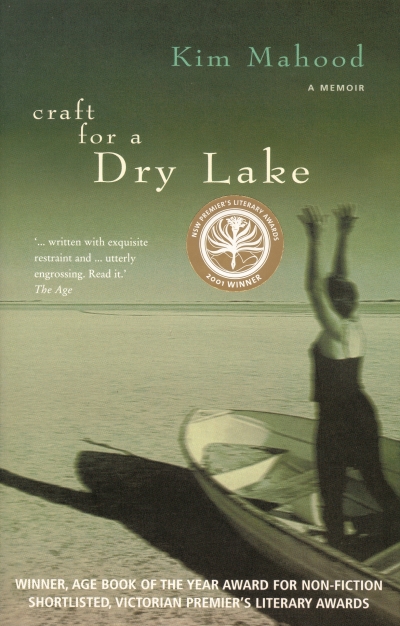Archive
Jeff: The rise and fall of a political phenomenon by Tony Parkinson
Cosy was the word Cassandra Pybus preferred when asked if Australian reviewing is too bland – the topic of this month’s symposium. Something intimate and specially friendly. In identifying the cosiness of some Australian reviewing, Pybus makes a telling point, if droll, certainly not excluding ABR from the offenders. I have to say that among the other responses were some that were bland, in a way that made me feel I have proved my point.
... (read more)The question is probably all wrong. How can an American – well, an Egyptian-born American, if hyphenate we must – pronounce life on Australia? I came to the Antipodes late in my life, drawn to the Pacific, that great wink of eternity, Melville called it, drawn to horizons more than to origins. I made friends and became in Australia a wintry celebrant.
... (read more)








